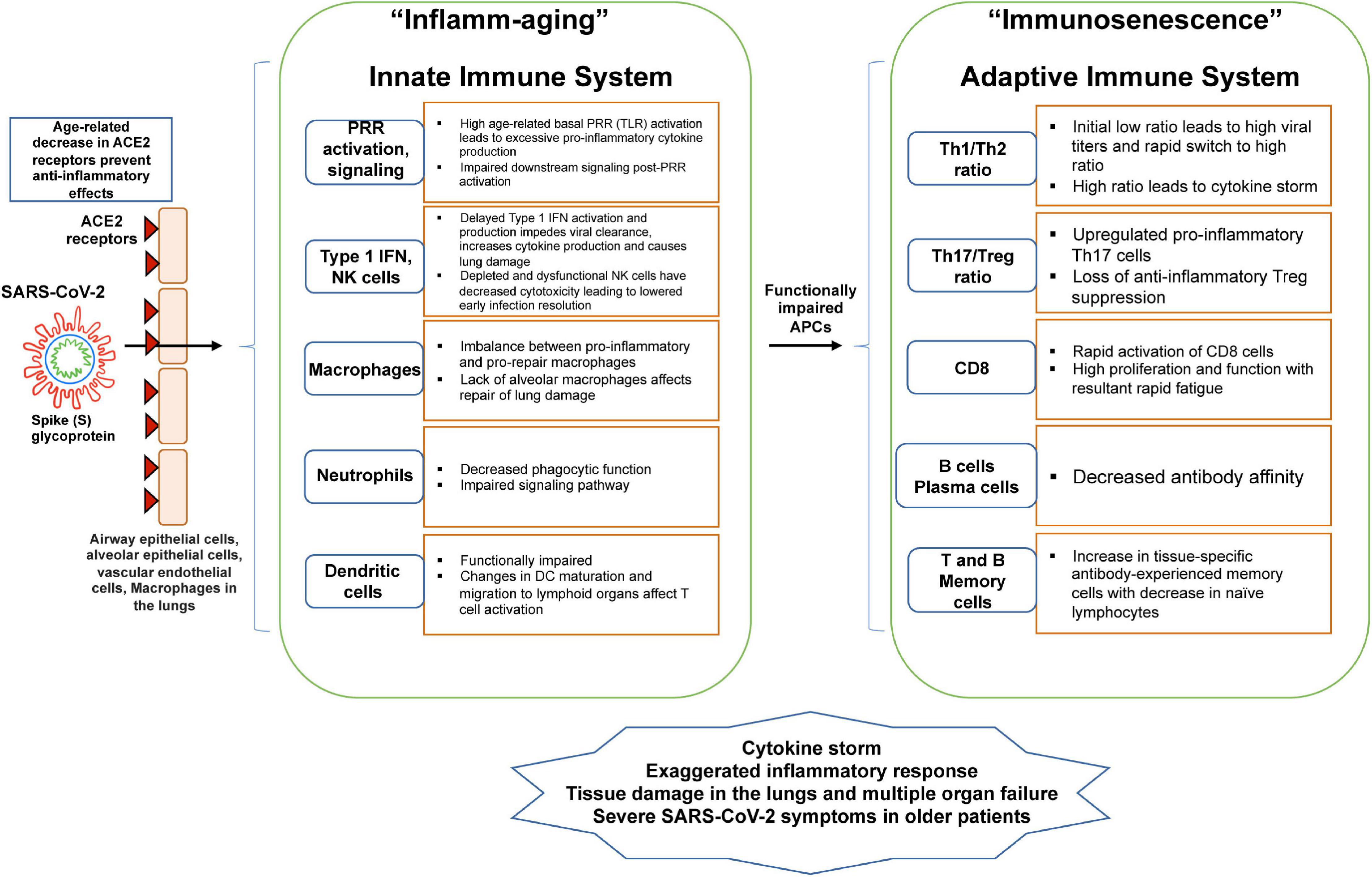
The Keto diet, which is very low in carbs and high in fat, is extremely popular. The high-fat content can lower blood pressure too, making it difficult to maintain an ideal blood pressure level. Before you start the keto diet, talk to your doctor if you are currently on medication to lower blood pressure. The benefits of the keto diet far outweigh the risks. The keto diet can help you feel more energetic and more awake. You'll also experience less stomach upset and headaches.
A great source of antioxidants, fruits are rich in immune-supporting vitamins. While the keto diet outlaws most fruit, certain fruits, such as low-carb blueberries and blackberries, are acceptable. The carbohydrate count of legumes and beans should not exceed 7 grams per cup, but they are rich sources of antioxidants, fiber, as well as other nutrients. But if you're trying to lose weight, avoid beans, which are high in fiber and low-carb carbohydrates.

As a general rule, all fruits are high in carbohydrates, so you should limit your consumption to one to two cups a day. Don't worry, some fruits can be eaten if you adhere strictly to the ketogenic diet. Some low-carb versions of strawberries, raspberries, cantaloupe, kiwi, and other fruits are exceptions. Beans can be eaten in small amounts as most fruits have less than 7g of carbs. In addition to being high in fiber, beans are also rich in antioxidants and potassium.
Despite its popularity, the ketogenic diet is not for everyone. There are many risks to this diet. It could increase your cholesterol. Sometimes, taking diabetes medications can make it unsafe. You should consult your doctor before starting a keto diet. Before you start the diet, it is a good idea to consult your doctor. Before you begin any type of medication, consult your doctor. The ketogenic diet can lower your cholesterol if your blood glucose is already high.
There are many benefits to the keto diet. You will lose weight and get a lot of protein. There are risks, however, if you don't take precautions. The ketogenic diet is not right for everyone. It may also increase your cholesterol. This is why you should keep these points in mind when starting the ketogenic Diet. You will be glad that you did. The keto diet is an excellent choice for many people. With the right plan, you can lose weight and have energy.

You can eat as many fats as you wish with the keto diet. It also limits your carbohydrate intake. It allows you to eat as much fat and protein as you want. And you can still eat meats and eggs if you're on a ketogenic diet. The keto diet allows you to eat both lean and high-fat meats. While you can eat plenty of vegetables, including leafy leaves, people with diabetes should not be allowed to do so.
FAQ
Exercise: Good or Bad for Immunity?
Exercise is good exercise for your immune system. Exercise boosts the production of white blood cells, which can fight off infections. You also get rid of toxins from your body. Exercise can prevent diseases such as cancer and heart disease. It can also lower stress levels.
Exercising too often can cause your immune system to be weaker. If you work out too hard, your muscles become sore. This can cause inflammation as well as swelling. Your body then has to produce more antibodies to fight off infection. This can lead to allergic reactions and other autoimmune disorders.
So, don't overdo it!
How does an antibiotic work?
Antibiotics are drugs that destroy harmful bacteria. The treatment of bacterial infections is done with antibiotics. There are many options for antibiotics. Some are taken orally, some are injected, and others are applied topically.
People who have been exposed are often given antibiotics. An oral antibiotic might be prescribed to someone who has been exposed to chicken pox. This will prevent the spread of shingles. Or, if someone has had strep throat, he or she might receive an injection of penicillin to help prevent pneumonia.
Doctors should prescribe antibiotics to children. Children are more likely to experience side effects than adults from antibiotics.
Diarrhea, the most common side-effect of antibiotics, is probably diarrhea. Other possible side effects include stomach cramps, nausea, vomiting, allergic reactions, headaches, dizziness, and rashes. Most of these symptoms disappear after the treatment is completed.
What is the difference in fat and sugar?
Fat can be a source of energy that is obtained from food. Sugar is naturally found in fruits and veggies. Both fats (and sugars) have the same calories. But fats are twice as calories as sugars.
Fats are stored in your body and can cause obesity. They cause cholesterol buildup which can lead to strokes and heart attacks.
Sugars can be quickly absorbed by your body and give you instant energy. This causes blood sugar levels to rise. High blood glucose levels can pose a danger because they increase the chance of developing type II Diabetes.
Statistics
- The Dietary Guidelines for Americans recommend keeping added sugar intake below 10% of your daily calorie intake, while the World Health Organization recommends slashing added sugars to 5% or less of your daily calories for optimal health (59Trusted (healthline.com)
- In both adults and children, the intake of free sugars should be reduced to less than 10% of total energy intake. (who.int)
- This article received 11 testimonials and 86% of readers who voted found it helpful, earning it our reader-approved status. (wikihow.com)
- WHO recommends reducing saturated fats to less than 10% of total energy intake; reducing trans-fats to less than 1% of total energy intake; and replacing both saturated fats and trans-fats to unsaturated fats. (who.int)
External Links
How To
What does the "vitamins” word mean?
Vitamins are organic substances found naturally in food. Vitamins help us absorb nutrients from foods we eat. Vitamins cannot come from the body so food must provide them.
There are two types vitamins: water soluble or fat soluble. Water-soluble vitamins dissolve easily when they are dissolved in water. Vitamin C,B1(thiamine), B2 (2riboflavin), and B3 (3niacin), as well as vitamin C,B1, B2 (riboflavin), and B3 (niacin), vitamin B6 (pyridoxine), vitamin folic acid (biotin), pantothenic, and choline are examples. The liver and fat soluble vitamins are stored within the liver and in fatty tissue. These include vitamin D, E and K, as well as beta carotene.
Vitamins can be classified according to biological activity. There are eight main groups of vitamins.
-
A - Vital for normal growth and maintaining good health.
-
C - vital for proper nerve function, and energy production.
-
D - Essential for healthy teeth and bones.
-
E is needed for good reproduction and vision.
-
K - required for healthy muscles and nerves.
-
P - vital for building strong bones andteeth.
-
Q – aids digestion of iron and iron absorption
-
R – Required for the formation of red blood vessels.
The recommended daily allowance (RDA), for vitamins, varies depending upon age, gender, or physical condition. The U.S. Food and Drug Administration, (FDA), sets the RDA value.
For example, the RDA for vitamin A is 400 micrograms per dayfor adults 19 years or older. Pregnant mothers need 600 micrograms per days because it is vital for the development and growth of their baby. Children ages 1-8 require 900 micrograms per day. Children under 1 year old require 700 micrograms daily, while infants over one year old need 500 micrograms every day. This decreases between 9 and 12 months.
Children between the ages 1--18 years old who are overweight or obese require 800 micrograms per Day, while those who are overweight or obese need 1000 micrograms. To meet their nutritional needs, children underweight and obese require 1200 micrograms a day.
Children aged 4-8 years old who have been diagnosed as having anemia require 2200 micrograms of vitamin C per day.
2000 micrograms daily is required for adults over 50 to maintain their general health. Women who are pregnant or breastfeeding need 3000 micrograms per day due to increased nutrient requirements.
1500 micrograms are required daily by adults over 70 because they lose approximately 10% of their muscle each decade.
Women who are pregnant, nursing or breastfeeding need more than the RDA. Pregnant women require 4000 micrograms daily during pregnancy, and 2500 micrograms every day after birth. Breastfeeding mothers need 5000 mg per day when breastmilk is being produced.